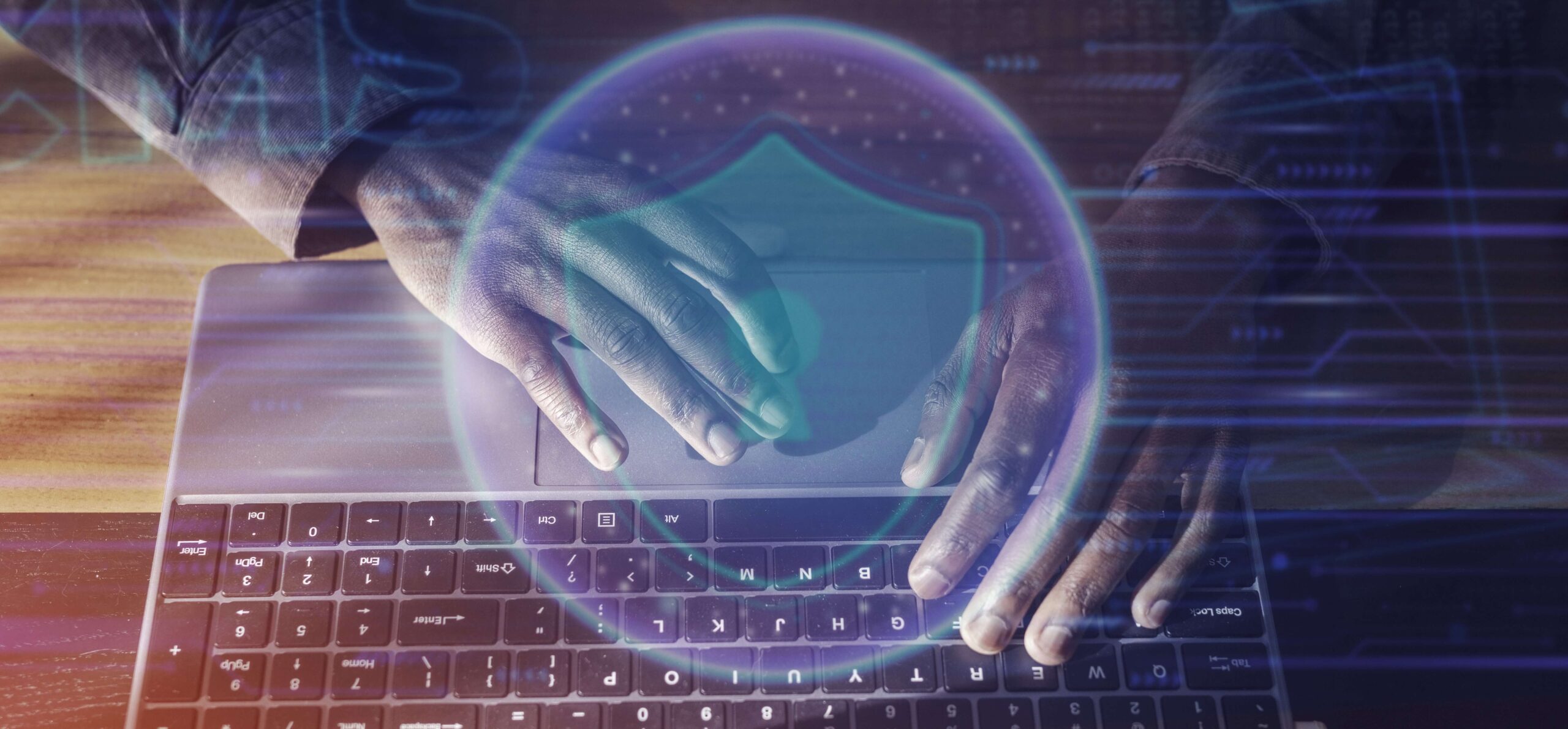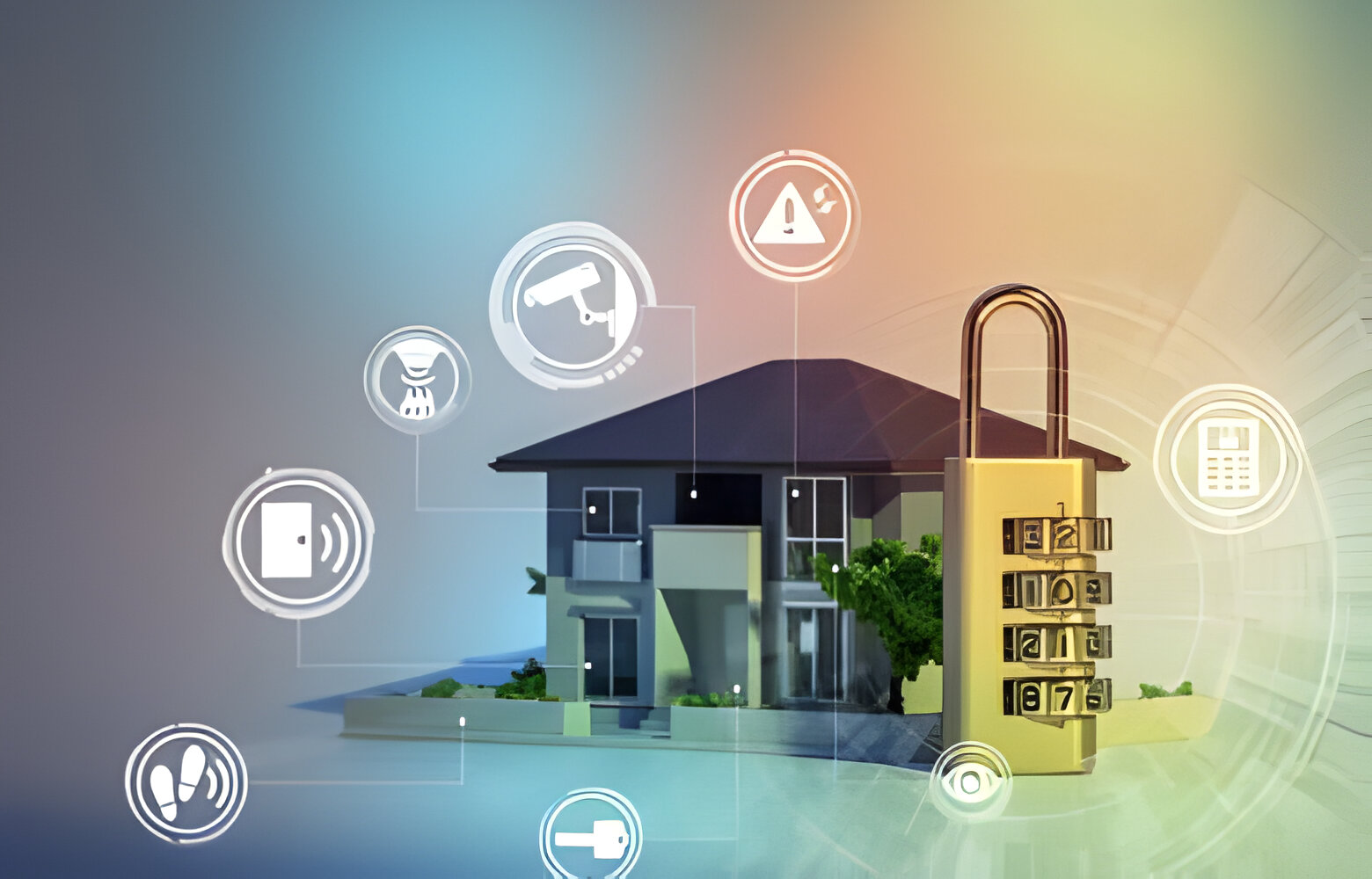Internet of Things (IoT) Forensics
The Internet of things (IoT) is a rapidly expanding network of interconnected devices,which has brought numerous benefits to various domains.The fact that IoT devices are consistently connected to mobile and other computing devices via the internet has given rise to the development of sophisticated malwares that target not only IoT devices but also the computing devices connected to them.digital devices are more likely to be relevant to a criminal investigation or civil lawsuit as a result of technology’s increasing pervasiveness in modern life. This has lead to surge in investigations that require digital forensic expertise,resulting in law enforcement agencies worldwide grappling with huge backlogs of digital evidence.Internet of Things (IoT) Forensics presents a unique set of challenges for digital investigators due to the wide array of devices, protocols, and data formats involved. Conducting investigations involving IoT devices, whether they are smart home gadgets, wearable, or industrial IoT systems, requires specialized knowledge and tools.
Examining the complexities of conducting digital investigations involving IoT devices, including smart home devices, wearable, and industrial IoT systems.
Here are some complexities and considerations involved:
Device Diversity: IoT encompasses a vast range of devices, each with its own operating system, communication protocols, and storage mechanisms. Forensic analysts must be familiar with a broad spectrum of devices and their unique characteristics.
Data Collection: Traditional methods of data acquisition may not be applicable to IoT devices. Investigators may need to rely on specialized tools and techniques to collect data from IoT devices, which can include volatile data in memory, logs stored on the device, and data transmitted over the network.
Network Analysis: IoT devices often communicate with each other and with cloud services over the internet. Analyzing network traffic is crucial for understanding the behavior of IoT devices and identifying potential security incidents. This requires expertise in network forensics and the ability to interpret various network protocols.
Data Interpretation: IoT devices generate a vast amount of data, much of which may be irrelevant to an investigation. Forensic analysts must sift through this data to identify relevant information, such as timestamps, device configurations, and user interactions.
Privacy Concerns: IoT devices may collect sensitive information about individuals, raising privacy concerns during forensic investigations. Investigators must adhere to legal and ethical guidelines when handling personally identifiable information (PII) and other sensitive data.
Firmware Analysis: IoT devices often run on proprietary firmware, making it challenging to analyze and extract data. Forensic analysts may need to reverse-engineer firmware to uncover evidence of malicious activity or tampering.
Chain of Custody: Maintaining the chain of custody is essential in IoT forensics to ensure the admissibility of evidence in legal proceedings. Investigators must document the handling and storage of IoT devices and data throughout the investigation process.
Cross-Domain Investigations: IoT devices are often interconnected across different domains, such as home, work, and public spaces. Conducting investigations involving multiple domains requires collaboration between various stakeholders, including law enforcement agencies, private organizations, and regulatory bodies.
Forensic Readiness: Organizations deploying IoT devices should implement forensic readiness measures to facilitate investigations in the event of security incidents. This includes maintaining accurate device inventories, logging relevant events, and establishing procedures for incident response and forensic analysis.
Regulatory Compliance: Compliance with data protection regulations, such as the General Data Protection Regulation (GDPR) and the California Consumer Privacy Act (CCPA), is essential in IoT forensics. Investigators must ensure that their actions comply with relevant laws and regulations governing the collection, storage, and processing of data.
In conclusion conducting digital investigations involving IoT devices requires specialized skills, tools, and methodologies due to the complexities inherent in IoT ecosystems. Forensic analysts must stay along side of emerging technologies and regulatory requirements to effectively navigate the challenges of IoT forensics.
Digital forensic analysts must possess a deep understanding of the diverse range of IoT devices, their operating systems, communication protocols, and storage mechanisms. They need to employ specialized tools and techniques for data collection, network analysis, and firmware analysis, while stick to legal and ethical guidelines to address privacy concerns and ensure regulatory compliance.
-
Previous Post
Cloud forensic By Venkata Lakshmi Madapati











